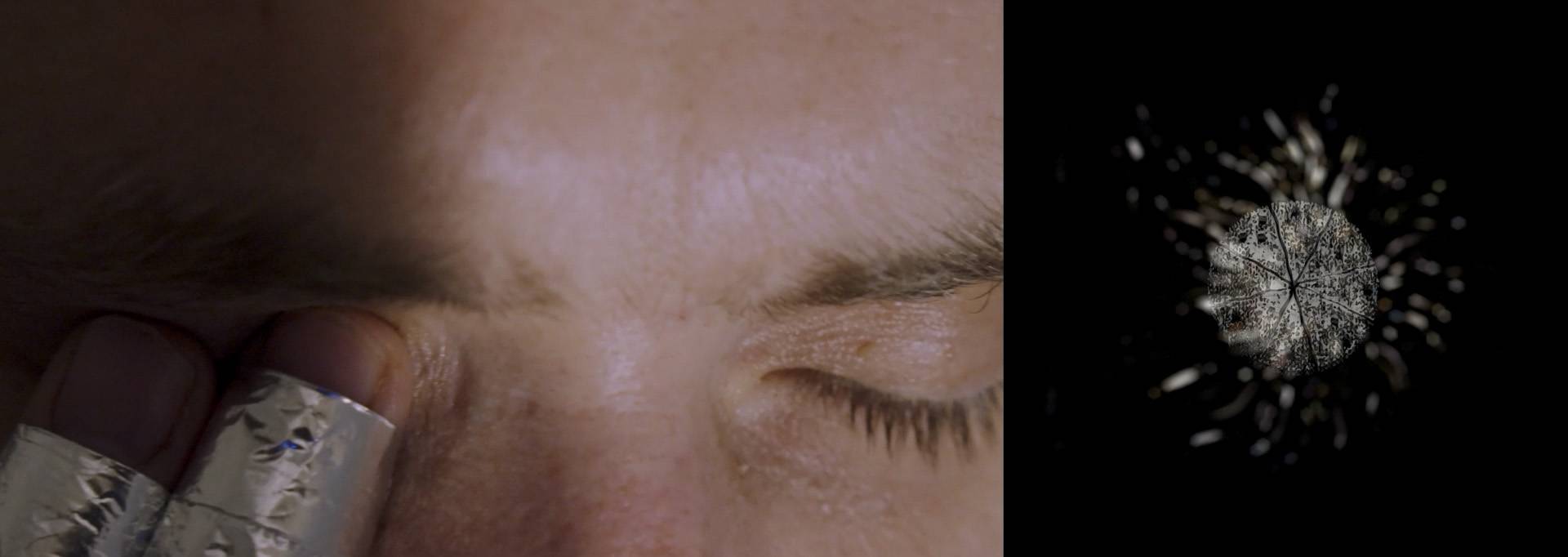
A two-channel video installation presents the phenomenon known as phosphenes or internal sight. Matěj Pavlík and Lucie Rosenfeldová exposed this phenomenon to the historical perspective of Western scientific knowledge, focusing on the forms of imagination of the body and corporeality it can serve to establish. The Technology of the Self-Touching of the Eye exhibition, by the artistic duo of Matěj Pavlík and Lucie Rosenfeldová, uses the phenomenon of the phosphene to demonstrate the extent to which human perception is influenced by ideological, social, and cultural factors. Phosphenes – a term originating in Greek, where phos refers to light and phainomenon refers to a phenomenon – could be described as black spots of light brought about by pressure on the eyes. The origin and influence of these colourful shapes have been studied by philosophers, scientists, and doctors since antiquity.
Technology of the Self-Touching of the Eye
2021
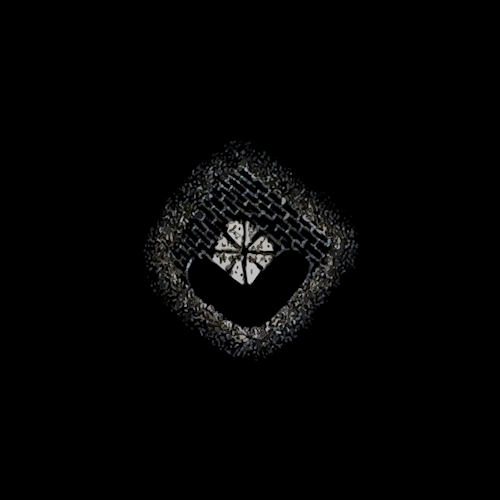
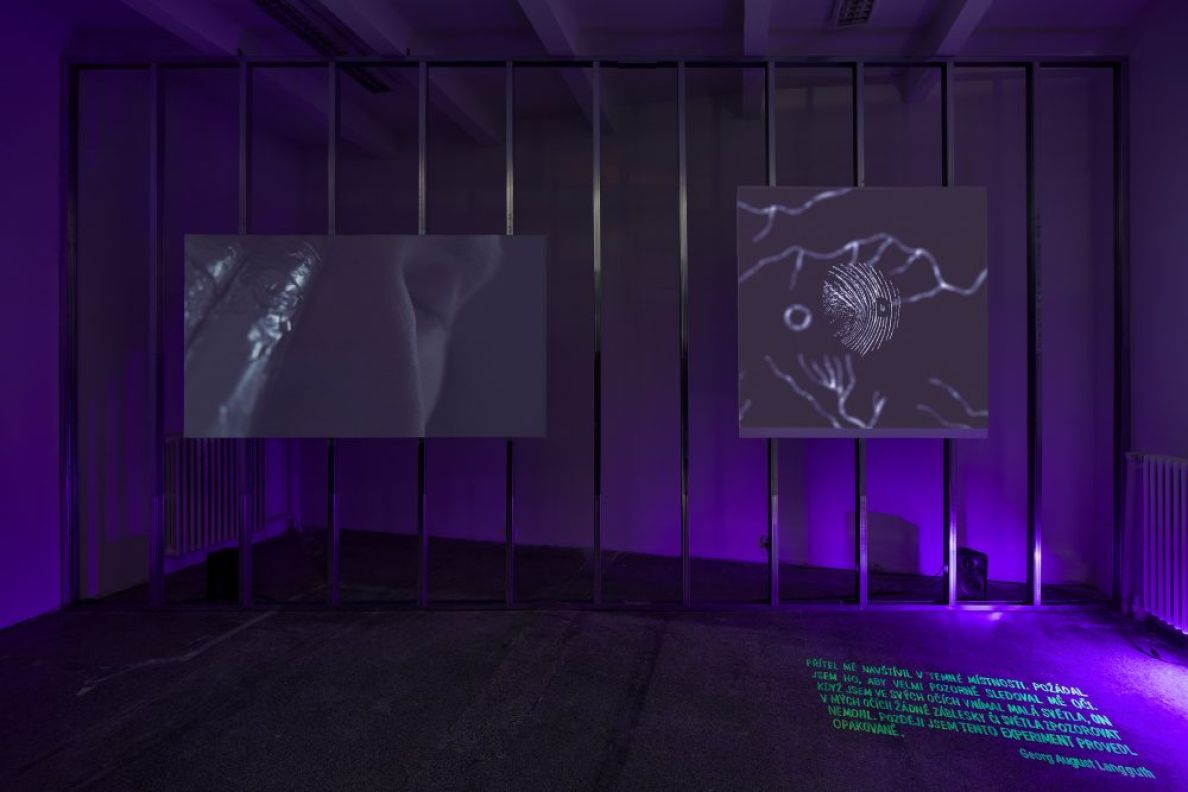
"I can confirm from my own experience that everybody can perceive this light in his eyes when he follows this procedure... “ (Thomas Bartholinus 1600s)
"Every level of touch, then, is itself touched by all possible others. Hence, self-touching is an encounter with the infinite alterity of the self." (Barad, 2012)
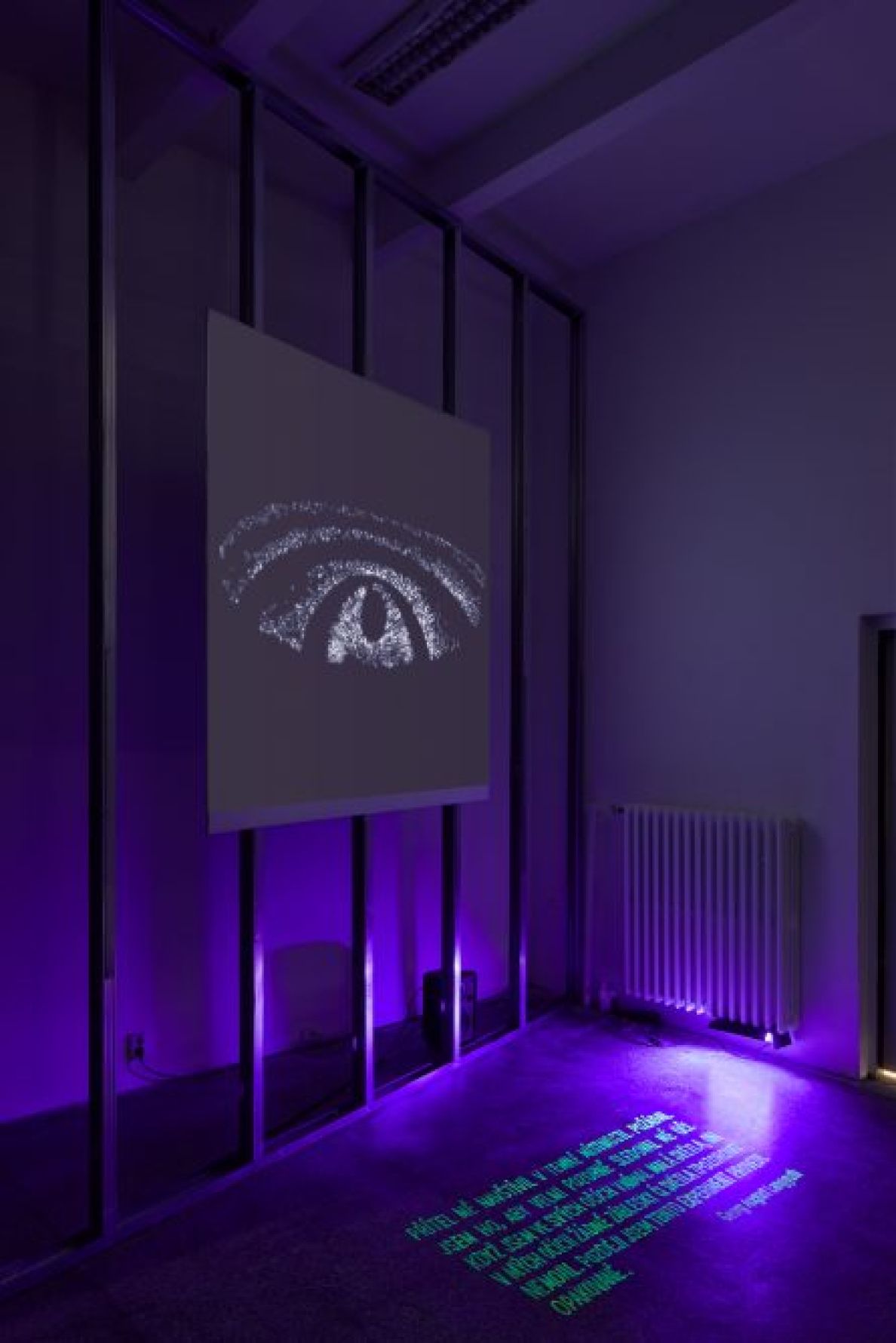
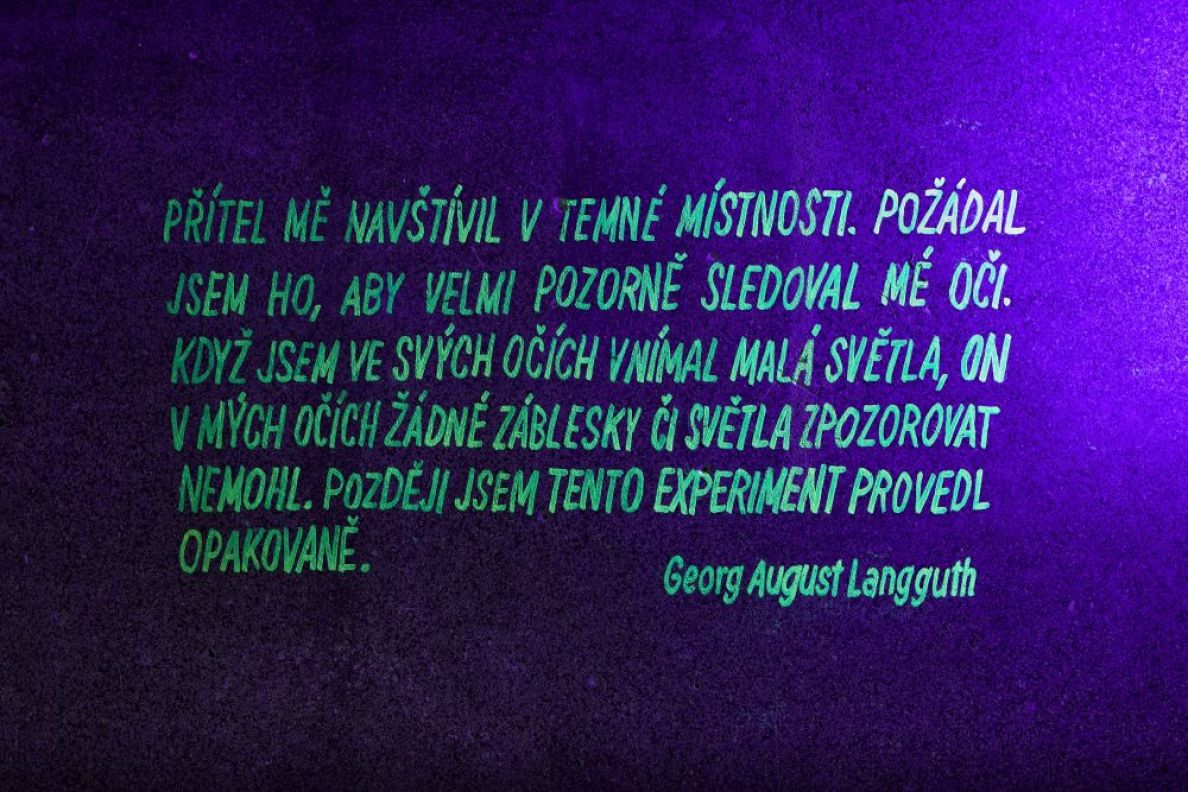
This two-channel video installation makes use of formally diverse approaches. The development of phosphenes is first narrated from a historical perspective through the use of animated drawings and scientific experiments that attest to the bond between ideology and bodily biomechanics. For the people of the Middle Ages, light was an important tool of knowledge, illuminating everything around us. The critical turn that took place during the Enlightenment dethroned the neo-Platonic and medieval notion of the human who sends out rays of light. However, this also denied the hypothesis that the great men of history radiate light. The spots of colour we see become a subjective tool that mediates ocular liberation from the material world and offers a possible link between modern abstract art and Romantic physiology. However, it remains a question to what extent the subjective position belongs to a conscious subject.
The second part of the video installation works with the performativity of cinematic language, introducing the audience to the body as technology through a series of detailed shots. A technology that is, through embodied images, constantly moulding the human body, making it more effective and thus influencing the human subject. Stimulation of the eye, i.e. phosphenes brought about artificially, is an example of a possible agent influencing our perception. The drawings of phosphenes become images of an external pressure we have learned to accept as given.
The transformation in our interpretation of the physiology of the eye following an ideological foundation is used by the artists to demonstrate the importance of scientific imagination. Imagination can be understood as the capacity to bring about images in people and allow them to imagine a diverse range of changes. This capacity is sometimes erroneously attributed exclusively to artists. Pavlík and Rosenfeldová, however, point to the importance of universally shared images that influence not only the direction of society and our cohabitation but also influence the formation of our corporeality on a personal level.
Tomáš Kajánek